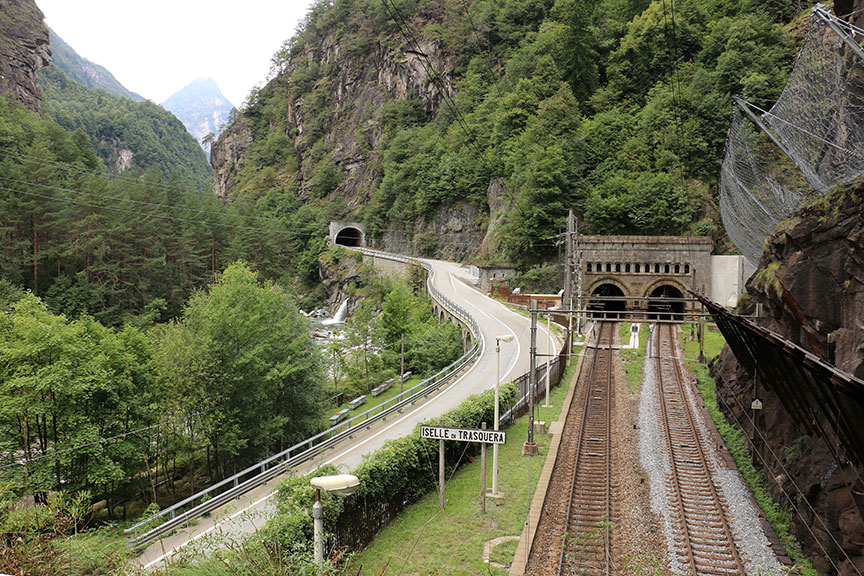1906 Simplon Tunnel Opened

(5/19/06) The longest railroad tunnel in the world ,the Simplon, was opened under the Alps. The tunnel was 12.3 miles in length, and connected Italy and Switzerland.
On May 19, 1906, the Simplon Tunnel, the longest railroad tunnel in the world at the time, was officially opened, marking a significant milestone in engineering and transportation. Stretching an impressive 12.3 miles (19.8 kilometers) beneath the Alps, the tunnel established a direct connection between the town of Brig in Switzerland and Iselle in Italy. This ambitious project not only demonstrated the ingenuity and determination of early 20th-century engineers but also profoundly impacted the economic and cultural exchange between the two nations.
The Simplon Tunnel was conceived in response to the increasing demand for efficient transportation routes across the Alps. Traditional mountain passes and earlier railway lines, such as the Gotthard Railway, were crucial but often hindered by the region’s challenging terrain and harsh weather conditions. The tunnel’s construction aimed to overcome these barriers, offering a year-round, reliable connection for passengers and freight.
Construction began in 1898 under the supervision of Swiss engineer Wilhelm Alfred von Escher and Italian engineer Giovanni Guglielminetti. The project faced immense challenges, including high-altitude conditions, water infiltration, and the heat generated by geothermal activity within the mountain. Workers, primarily recruited from Italy and Switzerland, endured grueling conditions and significant risks, including rockfalls and exposure to hazardous gases. Despite these difficulties, the project was completed in less than eight years, a remarkable feat for the era.
The Simplon Tunnel’s completion was celebrated as a triumph of human ingenuity and international collaboration. Its design featured a single track, with plans for a second tunnel to accommodate future demand. The innovative use of compressed-air drills and dynamite expedited the excavation process, while advances in ventilation systems ensured the safety of workers and future passengers. In 1921, a second parallel tunnel was completed, further enhancing the line’s capacity and efficiency.
The tunnel revolutionized transportation and trade in the region, significantly reducing travel time between Italy and Switzerland. It became a vital artery for goods, including agricultural products, industrial materials, and luxury items. Moreover, the Simplon Tunnel played a critical role in connecting northern and southern Europe, fostering economic integration and cultural exchange.
The tunnel’s strategic importance was underscored during both World Wars, when it served as a key transportation route for troops and supplies. Its robust construction allowed it to endure wartime stresses, and it remains a vital part of Europe’s rail infrastructure today.
The Simplon Tunnel’s legacy extends beyond its engineering achievements. It symbolizes the spirit of international cooperation and the pursuit of progress in overcoming natural barriers. Today, the Simplon route is an integral part of the European rail network, accommodating both passenger trains, such as the Glacier Express, and freight services.
At the time of its inauguration, the Simplon Tunnel was celebrated worldwide as a marvel of modern engineering. Over a century later, it continues to inspire awe and admiration, a testament to the enduring human desire to connect and overcome challenges through innovation and collaboration.
 >
>